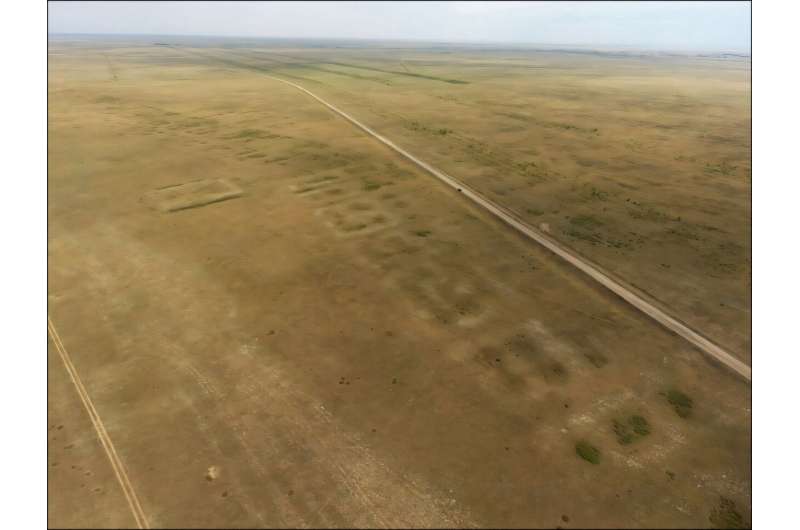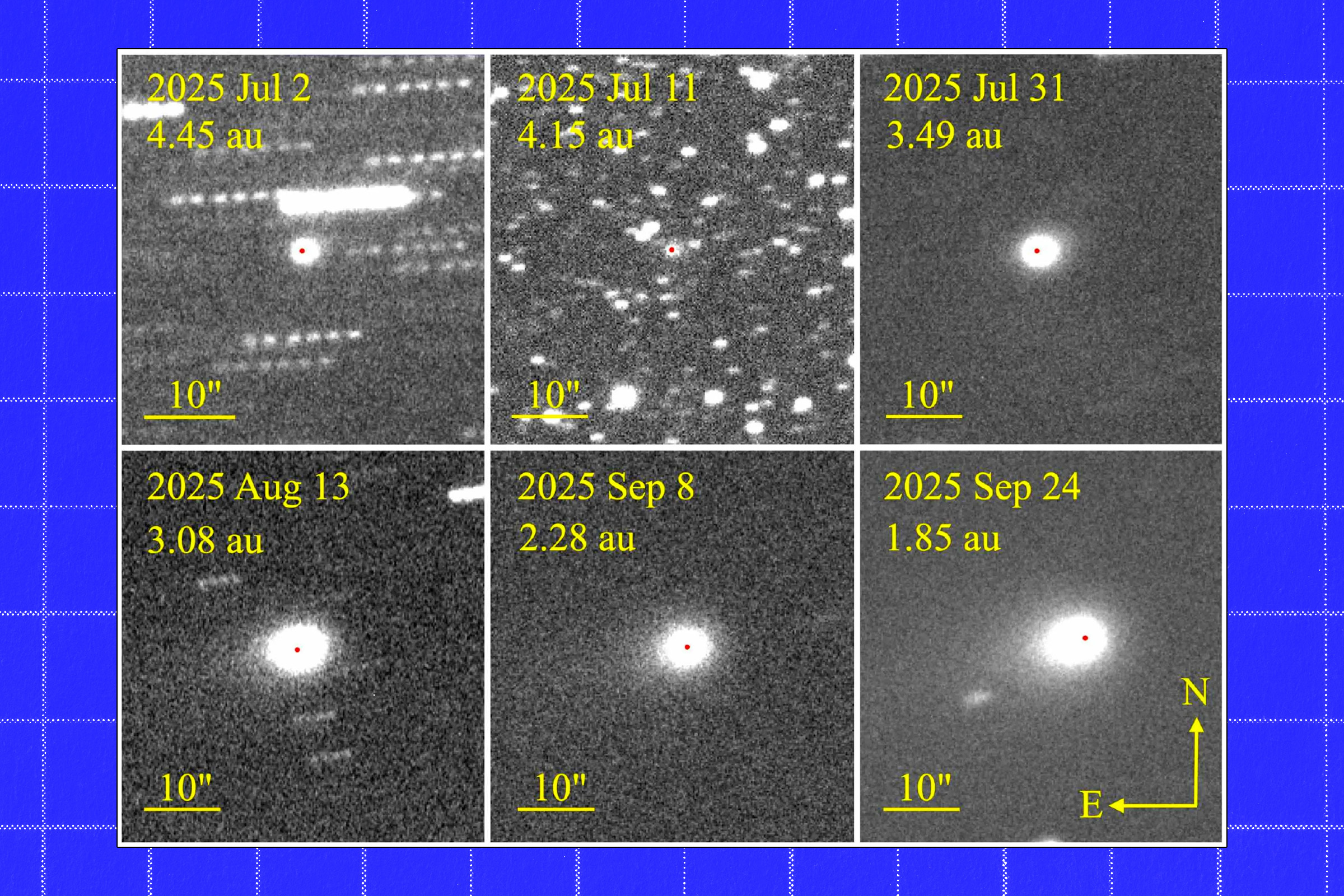An international team of archaeologists has uncovered the remains of a significant Bronze Age settlement, known as Semiyarka, in the Kazakh steppe. This discovery marks a pivotal moment in understanding urban life and metal production in prehistoric Eurasia. The site, which spans approximately 140 hectares, is located near the Irtysh River in northeastern Kazakhstan, and is referred to as the “City of Seven Ravines” due to its strategic position above a network of valleys.
Excavations at Semiyarka reveal that it was not a typical mobile camp but rather an early form of city, flourishing around 1600 BC. The settlement features organized structures, including rectilinear earthworks, enclosed household compounds, and a central monumental building believed to have been used for rituals or governance. Perhaps most notably, archaeologists have identified an industrial zone dedicated to the production of copper and tin bronze, a scale of operation not previously observed in this region.
The findings were made possible through a combination of excavation and geophysical surveys, which uncovered vital artifacts such as crucibles, slag, and tin bronze objects. This evidence suggests that the metallurgists of Semiyarka operated complex production systems, revealing a significant leap in technological capability compared to small-scale workshops previously associated with steppe communities.
Significance of the Discovery
The location of Semiyarka is particularly strategic, situated on a promontory that controls access along the Irtysh River valley. This positioning indicates that the site served not only as a production hub but also as a center of exchange and regional influence. Its proximity to major copper and tin deposits in the Altai Mountains suggests that Semiyarka was integral to the expansive Bronze Age metal networks connecting Central Asia to the broader continent.
The international research team is led by Dr. Viktor Merz and Dr. Ilya Merz from the Joint Research Center for Archaeological Studies at Toraighyrov University in Pavlodar, Kazakhstan. They collaborated with Dr. Miljana Radivojević from the UCL Institute of Archaeology and Professor Dan Lawrence from Durham University. Their findings, recently published in the journal Antiquity, utilize advanced methods to reconstruct the social and technological landscape of Bronze Age Kazakhstan.
Dr. Radivojević emphasized the transformative nature of the discovery, stating, “Semiyarka transforms our understanding of steppe societies. It demonstrates that mobile communities were capable of building and sustaining permanent, well-organized settlements centered on large-scale metallurgical production.” Professor Lawrence further noted, “The scale and structure of Semiyarka are unlike anything else we’ve seen in the steppe zone.”
A New Perspective on Ancient Urbanization
Reflecting on the research conducted at Semiyarka, Dr. Merz expressed enthusiasm for the collaboration, stating, “I have been surveying Semiyarka for many years, but this collaboration has truly elevated our understanding of the site.” He highlighted the introduction of new methodologies and perspectives that have enhanced the excavation efforts.
As the excavation continues, the city of Semiyarka stands as a testament to the urban ingenuity that once thrived in the open grasslands of Central Asia. This Bronze Age city, rising prominently above the Irtysh valley, challenges previous assumptions about the capabilities of ancient steppe communities, suggesting a sophisticated level of societal organization and technological advancement comparable to more established urban centers of the time.
The revelations from Semiyarka not only enrich our understanding of Bronze Age civilization but also open new avenues for research into the interconnectedness of ancient cultures across the Eurasian landscape.







